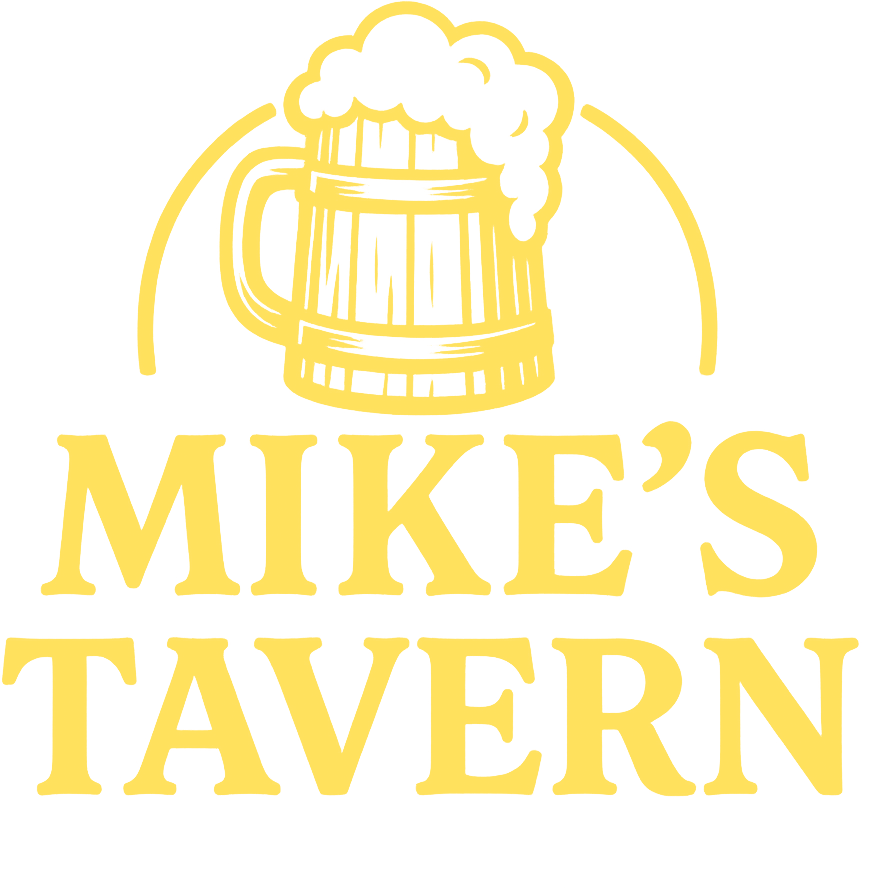Where to Forge Your Maps: A GM’s Guide to Online Map Builders
If you’re still scribbling dungeon layouts on napkins, guessing where the mountains go and hoping the players don’t ask for a bird’s-eye view, it’s time to upgrade your toolkit. In this article you’ll learn how to choose and use an online map builder so your campaign looks as slick as it plays.
Why a proper map matters
Maps do more than show where things are: they shape how players move, what they fear, and how they remember the world you build. When you’ve got a map that feels coherent, players stop asking “where am I?” and start asking “what happens next?” That’s when your story takes life.
Top Three Map-Forges for GMs
Inkarnate – Best for Worlds & Regions
If you want to build a sweeping world map, a cityscape or a fantasy region with style, Inkarnate runs in your browser and gives you a lot of art-assets and freedom.
What it’s strong at:
Big canvas sizes, letting you zoom out for continents.
Drag-and-drop styled stamps for mountains, forests, cities.
Useful for campaign-wide maps where players travel from place to place.
Considerations:Since it’s browser-based, your internet connection matters.
When you want a tight tactical dungeon map, its strengths may fade compared to specialized battle-map tools.
Wonderdraft – For Offline Crafting with Control
If you prefer working offline or want more control over every brush stroke, Wonderdraft offers a downloadable program where you tweak layers, control fonts, export high-res maps and do more refined cartography.
What it’s strong at:
Full control of map layout, exports, and custom assets.
Great for when you want your map to look like art, not just a functional sketch.
Considerations:The learning curve is steeper, and you’ll spend more time polishing.
Might be more than you need if you just want a quick map for one session.
DungeonFog – Built for Battle-Maps and Encounters
When the action happens in a dungeon, a fortress, or a map where tactical movement matters, DungeonFog gives you layers, lighting, walls and export tools to suit the table.
<a href="https://www.dungeonfog.com" target="_blank" rel="nofollow">DungeonFog</a>
What it’s strong at:
Excellent for designing individual encounters and layouts where positioning matters.
Lets you export maps ready for printing or virtual tabletops.
Considerations:Might be over-powered for “just sketch a village”-level maps.
Requires more prep time compared to a simple drag-and-drop world map builder.
How to Choose the Right Tool for Your Session
Scale matters — If you’re building a whole region or campaign world, pick a tool like Inkarnate or Wonderdraft. If you’re prepping a single dungeon or tactical zone, go with DungeonFog.
Time vs polish — Need something fast? Choose the browser tool. Want something high-quality and you’ve got time? Go offline and refine.
Reuse and export plans — Will you use the map in print or on a virtual tabletop? Export size and format matter.
Player experience — A world map gives players broad context; a battle map gives them tactical clarity. Match your tool to the kind of moment you’re designing.
A Quick Workflow for Mapping Like a GM Pro
Sketch out your idea first: carve roughly where mountains, cities or dungeons go.
Choose your tool based on scale and purpose (see previous section).
Build a rough version of the map. Don’t obsess on every tree or rock right away.
Once the structure’s in place (regions, key landmarks, player path), polish: add labels, paths, atmospheric detail.
Export your map in a suitable format (PNG/JPEG for quick use, PDF for print, etc.).
Link it into your session prep. Use your map as a reference and as a player-visual if appropriate.
📌 Ready to stop using MS Paint and start using real tools?
Head over to our Tavern Toolshed page for more gear, grid systems and building blocks that will make your map prep smoother and more creative.
FAQ
Q: Do I need to be an artist to use these tools?
A: No. Most of these platforms provide pre-built assets, drag-and-drop tools and intuitive interfaces. What matters is your world idea, not whether you can draw a perfect mountain.
Q: Will one tool cover everything I need?
A: Possibly, yes. But you might find yourself using two: one for the broad world view, another for the close-in encounter map. It’s fine to mix and match.
Q: What about cost?
A: All three tools offer free or entry-level versions. If you only need a map here and there, the free version may suffice. If you build maps regularly, upgrading can be worth it.

